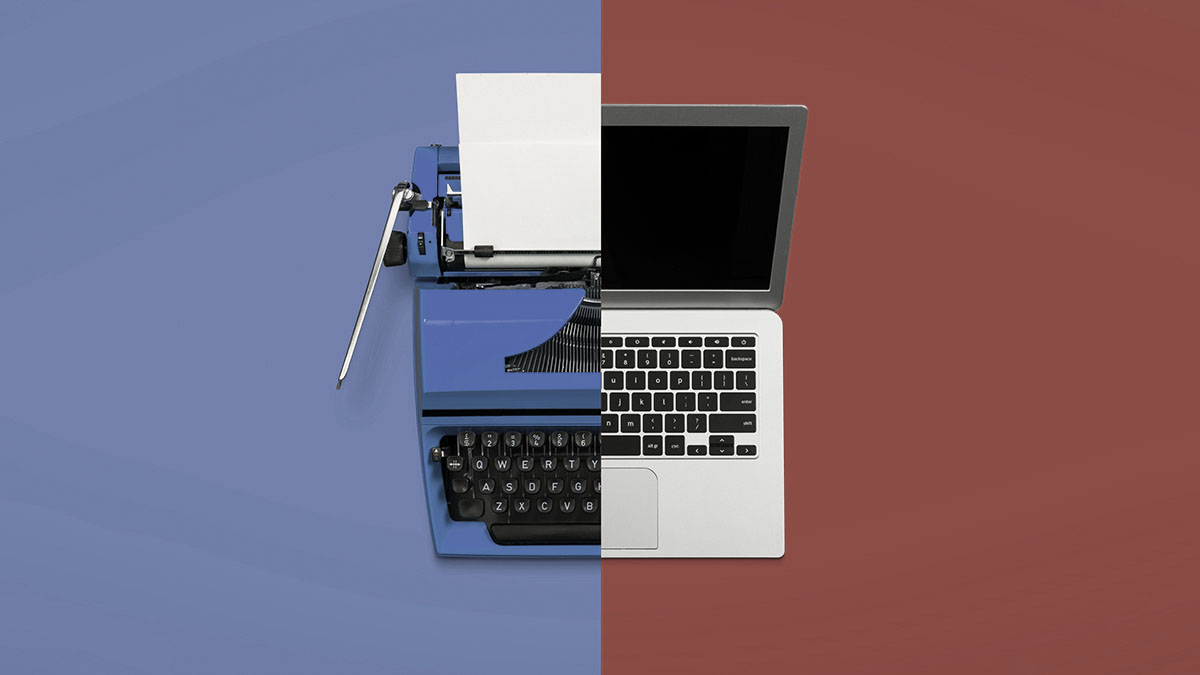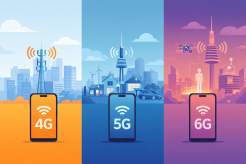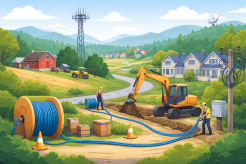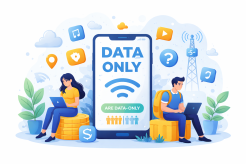Understanding Digital Divide and how is it impacting the internet

Millions of Americans still can not access the internet at a time when connectivity is increasingly critical. A year after COVID-19 forced the nation to function digitally, the digital divide, the division between individuals who have access to computers and high-speed internet and those who do not, is still blocking millions of Americans from working and studying at home.
Digital Divide: So why does it matter?
Over half of Americans said the internet was important to them during the COVID-19 outbreak, according to the Pew Research Center.
Therefore, the consequences for those who lack access to the internet can be dire. Individuals may not be able to obtain the programs, news, and information, social connections, or job opportunities they need without access to the internet.
As more important programs, including vaccination schedules, unemployment insurance applications, and medical appointments, become primarily internet-based, the effects of the digital divide will only continue to worsen.
The Numbers
In 2020, the Federal Communications Commission (FCC) announced a lack of access to any broadband network for 19 million Americans. Experts, however, feel that this amount has been significantly undercounted by the FCC. It is estimated that, with 157.3 million Americans lacking high-speed connectivity, 42 million Americans currently lack internet access.
It is estimated that there are currently 3.7 million students who lack internet access at home when it comes to children and 4.4 million students who lack consistent access to a computer. These students are falling behind without the opportunity to access online courses or learning materials.
While this problem has been exasperated by the pandemic, for years, students without adequate internet connectivity have been struggling to stay up in school. 17 percent of adolescent students in 2018 were often or often unable to do their homework assignments because they lacked a secure internet connection or device, according to the Pew Research Center. For black students, this figure rose to 25 percent. While this problem has been exasperated by the pandemic, for years, students without adequate internet connectivity have been struggling to stay up in school. 17 percent of adolescent students in 2018 were often or often unable to do their homework assignments because they lacked a secure internet link or device, according to the Pew Research Center. For black students, this figure rose to 25 percent.
Therefore, the digital divide has detrimental consequences both on adults and on students. The distance prevents millions of adults from being able to engage in the economy properly and millions of kids from having the educational opportunities to which they are entitled.
What is the factor that contributes to the digital divide?
Owing to two problems: accessibility and affordability, the digital divide persists. For this reason, the main demographics of individuals who lack internet access are rural residents and low-income households.
AFFORDABILITY:
However, internet connectivity is still incomplete for millions of Americans who live in urban areas and have access to many internet providers. Over half of Americans who lack internet access say it is because it's too pricey, according to the Pew Research Center. Households with a $30,000/yr salary. Have an especially difficult time affording internet access. Households with an income of $75,000/yr, for example. Households with an income under $30,000/yr are 20x more likely to have access to the internet than households. As of 2018, 43.7% of low-income households had no high-speed internet access.
The average low-income household can afford to pay $10/mo, research has estimated. For service on the internet. The average internet service rate in the U.S., however, is over $60/mo. This is a big challenge that the FCC is trying to resolve with Congress and state agencies.
There are options, including income-based government and provider services, for low-income households to access broadband service.
ACCESSIBILITY:
Since the extension of rural broadband is a costly and long phase, the digital divide between rural and urban residents is especially difficult to overcome. The federal government has spent billions of dollars on improving rural broadband coverage in the past five years. However, amid these investments, nearly 14.5 million rural residents still lack broadband access in America. That is nearly a fifth of the rural population of America.
The minimum speed for adequate internet access.
25 Mbps download speeds and 3 Mbps upload speeds are the FCC's standard for high-speed Internet or internet for business. However, according to the FCC, more than 90 percent of Americans with internet access have download rates of at least 100 Mbps.
Actually, as high as 250 Mbps is earned by 85% of Americans. As a result, the FCC's multi-billion dollar investment in broadband expansion for rural and low-income families would still result in a major gap in internet speeds as there is a significant disparity between 25 Mbps, 100 Mbps, and 250 Mbps.
For example, with only 25 Mbps, an entire family will likely struggle to function and learn remotely. In comparison, 100 Mbps is adequate for sharing between two and three family members, and 250 Mbps is sufficient for sharing between five and six family members.
What they are doing to solve the digital divide?
While the majority of Americans agree that internet access was necessary in the midst of the pandemic, most (62%) do not believe it is the duty of the government to ensure accessibility for everyone. Nevertheless, in December 2020, the government included $7 billion in the coronavirus relief package to help facilitate broadband connectivity. Of this $7 billion, $300 million will go toward improving rural broadband, and $3.2 billion will help subsidize low-income families' broadband internet costs.
FCC initiatives and tech Innovations
Some of the major FCC initiatives to help close the digital divide include providing funds during the pandemic to encourage remote learning, developing the Digital Opportunity Data Collection to enhance mapping of broadband connectivity and better identify internet coverage gaps across the country, and spending more than $9 billion over the next decade to improve access to rural broadband.
It will require the use of fairly modern technologies to extend rural broadband connectivity in the most effective way possible. TV white space (TVWS) and automated aerostat super towers will have some of the leading technologies for extending both fixed and mobile broadband connectivity to rural areas.
TVWS is the unused frequency of broadcasting between television networks, and since cheap internet is easier to install than conventional fiber internet, it can help provide rural fixed broadband connectivity. In providing rural mobile broadband connectivity, Automated Aerostat Super Towers are a better alternative to cell towers since they can reach a much wider area.
Related Posts

Tue, Dec 30, 2025 10:21 PM
SafetyIs Your Phone Watching You? Real Signs and How to Lock It Down
Learn the real signs your phone may be spying on you, why it happens, and how to protect your privacy with practical, easy steps.

Tue, Dec 30, 2025 7:42 PM
TechnologyWhat Is the Difference Between 4G, 5G, and 6G?
Compare 4G, 5G, and 6G networks in terms of speed, latency, coverage, and real-world use cases, and understand how mobile connectivity is evolving.

Mon, Dec 29, 2025 10:35 PM
cheap internet dealsLock in Your Internet Bill for 5 Years With Xfinity (Yep, Really)
Lock in your internet bill for five years with Xfinity’s new price guarantee. Explore plans, speeds, perks, and why this offer stands out.

Mon, Dec 29, 2025 12:22 AM
Regulations TechnologyWhy Fiber Internet Still Hasn’t Reached Everyone Yet
Learn why fiber internet is still unavailable in many areas, from infrastructure costs to regulations, and what alternatives exist while waiting for expansion.

Fri, Dec 26, 2025 9:01 PM
cheap internet offersAre Data-Only Plans the Next Big Thing?
Explore why data-only plans are gaining popularity, their benefits for mobile users, and how they could change the way we stay connected.